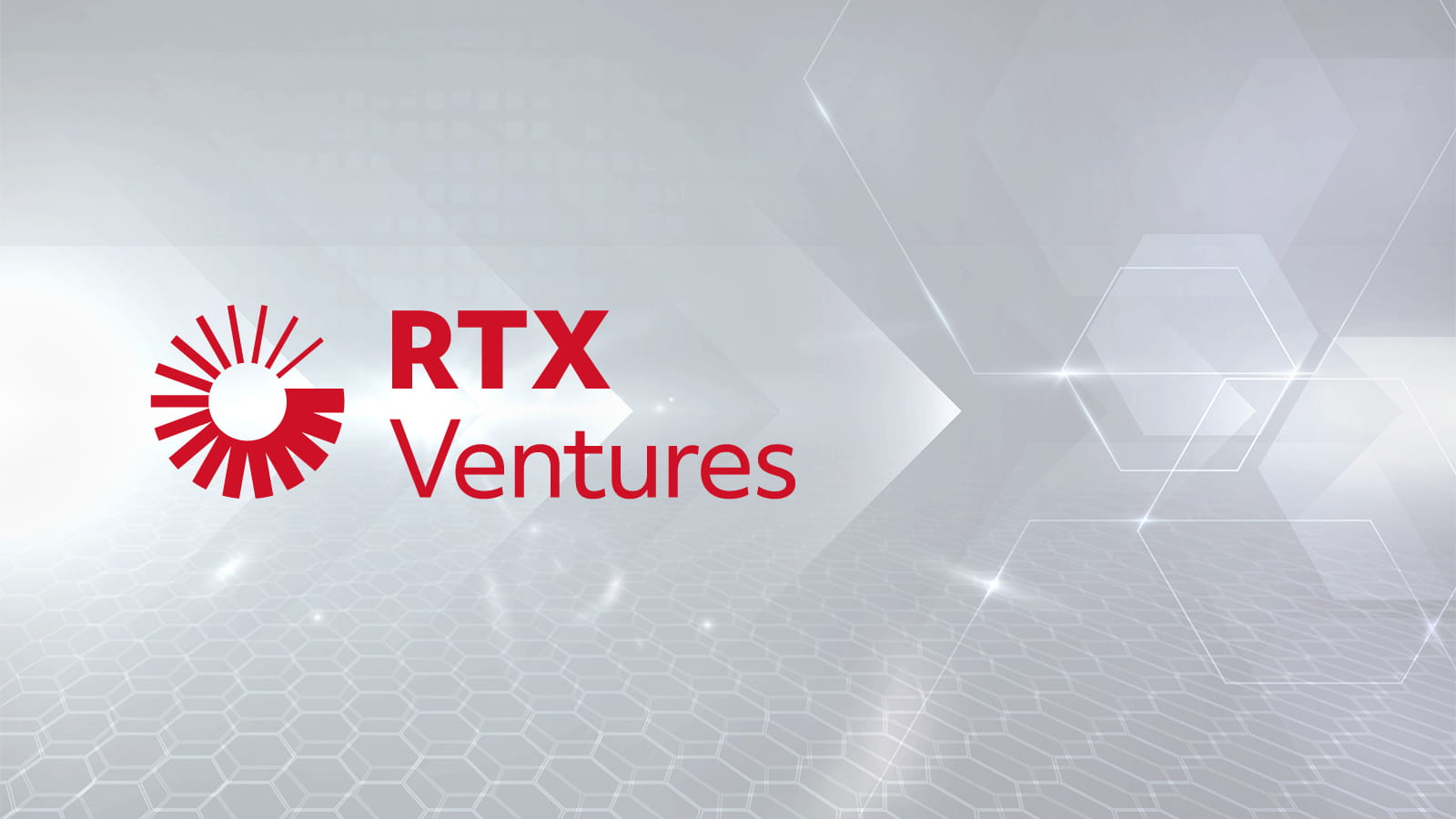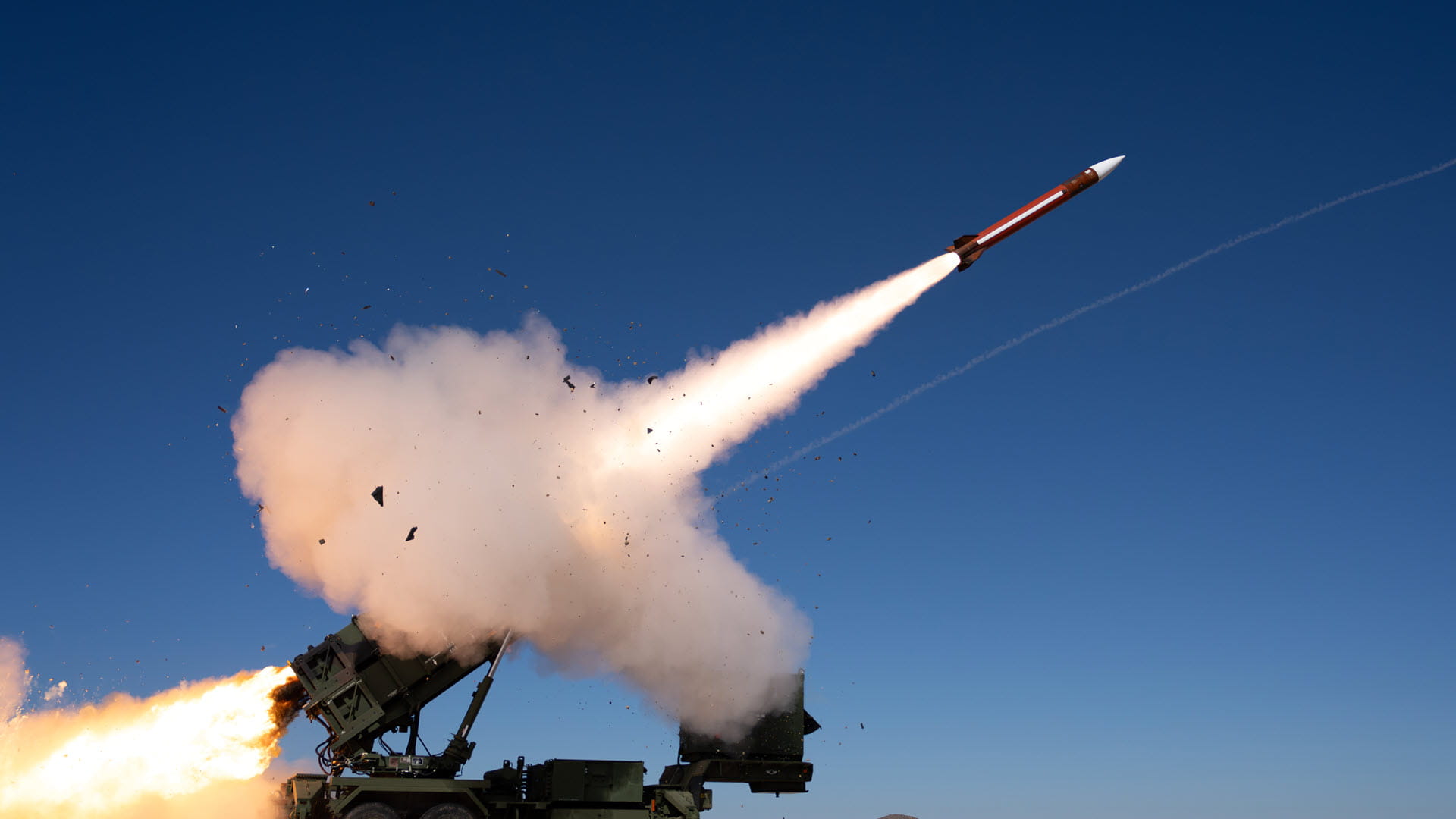Secure and connected ecosystems: technologies that support our ongoing work in aviation and defense networks.
Why Raytheon Technologies is launching a venture capital organization
It was right there on the digital map: a sign that something very abnormal was happening on Earth. Specifically, in the seaports of east Asia.
Normally the ports would be glowing a warm, yellowish orange to indicate heavy shipping traffic. But they had dimmed to a cool, bluish green – a sign they’d more or less shut down.
The reason now seems obvious: The map was showing data from the early days of the COVID-19 pandemic. What's remarkable is how data analytics technology helped tell the story. The satellites, from a company called HawkEye 360, measured a sharp drop in radio activity coming in and out of the seaports, then the system displayed that data in a way people could easily understand and interpret.
That combination of sensing and data analysis was what led Raytheon Technologies to make a strategic investment in HawkEye 360, and it represents the kind of innovation the company is looking to fund through its new venture capital division, RTX Ventures. The new division will finance growing, early-stage companies and their novel approaches to innovation in aerospace and defense. It will complement Raytheon Technologies’ existing investment in its own research and development and expand the company’s commercial partnership opportunities.
“We have to be open to many sources of innovation, whether it’s a university or a commercial company or it’s a small company that’s challenging the status quo,” said Raytheon Technologies Chief Technology Officer Mark Russell. “We are a technology company, and our success hinges on making good technology bets and staying ahead of the competition in the discriminators we put into our products for our customers.”
RTX Ventures will focus on supporting companies developing technologies that can have an impact across the Raytheon Technologies portfolio, with emphasis on four broad priority areas:
Autonomy and artificial intelligence: technologies to interpret, analyze and respond to large data sets.
Power and propulsion: hybrid and electric engines and motors, scramjets, heat management and materials science.
Precision sensing and effects: radars, EO/IR sensors, kinetic weapons and directed energy systems.
Within each of those areas are emerging technologies with broad applications in aerospace and defense, Russell said – including many uses that might not be obvious early in development.
“We’ve got to look into the future,” he said, “and make sure we’re not missing a disruption or discontinuity where something is being developed that will change the game in processing and computing, or analog electronics, or whatever it might be.”




